For much of the 20th century, Scottish Motor Traction—better known simply as SMT—was a familiar name across the roads of Scotland. From humble beginnings in Edinburgh, it grew into one of the country’s largest and most influential bus and coach companies, shaping the way people travelled and connecting towns and cities long before the days of motorways and budget airlines.
From Taxis to Coaches
The company was founded in 1905 by entrepreneur William Williamson, initially as a car and taxi service based in Edinburgh. As the popularity of road transport increased, SMT quickly saw the potential of passenger services and began operating buses and long-distance coaches throughout central and southern Scotland.
By the 1920s and 1930s, the SMT name was synonymous with reliable public transport. The company expanded aggressively, buying out smaller operators and extending its reach across the Scottish Lowlands. Its fleet—painted in a distinctive red and cream livery—became a familiar sight on the country’s roads. The SMT Coach Station at St Andrew Square in Edinburgh became one of the key travel hubs in the capital.
Part of the Tilling Group
SMT’s growing importance caught the attention of the larger Tilling Group, and in the 1930s, the company became part of this major transport combine. This move helped SMT further expand its fleet and improve its operations, particularly on long-distance routes and holiday tours.
Nationalisation and the Break-Up
After the Second World War, the Labour government sought to bring major parts of the transport industry under public control. In 1949, SMT’s bus and coach operations were nationalised and transferred to a new company called Scottish Omnibuses Ltd, which later became part of the Scottish Bus Group.
Although the SMT name remained in use for a while, particularly on signage and vehicles, the nationalised network was eventually reorganised. Bus services were divided into regional companies like Eastern Scottish, Western SMT, and Lowland Scottish, each serving a particular part of the country.
SMT’s car dealership and coachbuilding divisions, however, remained in private hands, and the name continued to appear in other areas of the transport and automotive world.
Into the Modern Era
Following deregulation and privatisation in the 1980s and 1990s, the remnants of SMT’s operations passed through various hands, including Stagecoach, FirstGroup, and Scottish Citylink. Though the SMT brand has long since disappeared from the streets, its influence can still be felt. It helped establish many of the routes and services that remain in use today and left a lasting mark on the way Scotland’s transport network developed.

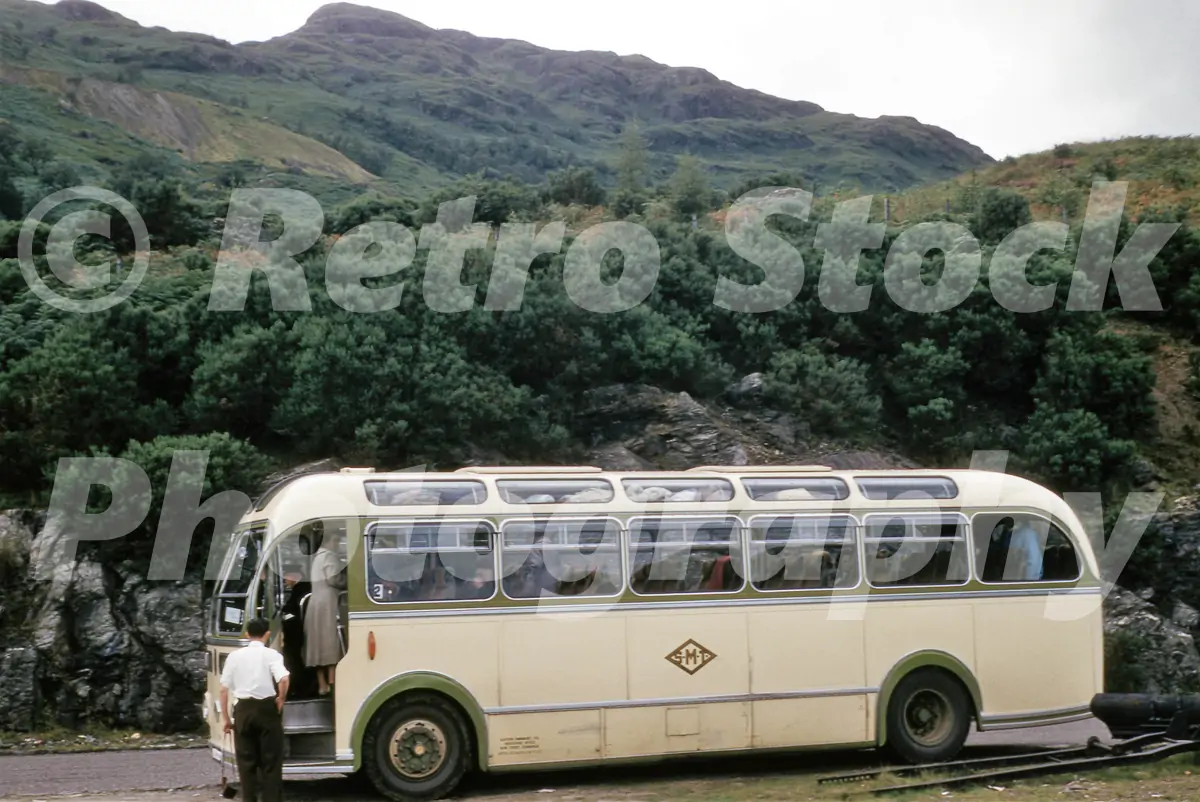

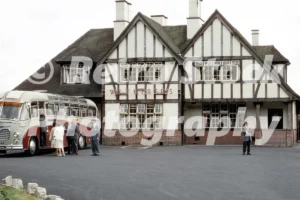
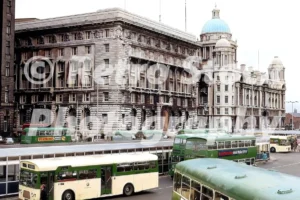
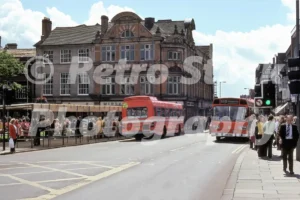
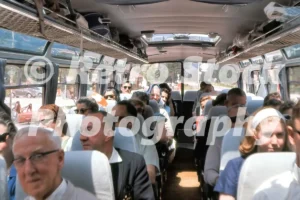
Reviews
There are no reviews yet.